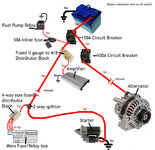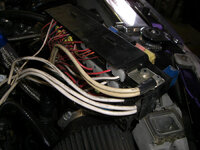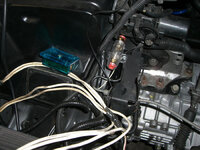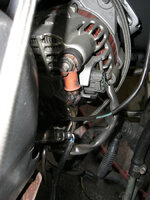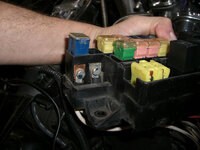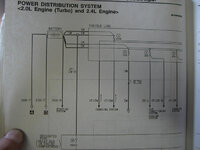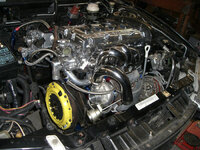DSM4LIFE-AWD
10+ Year Contributor
- 322
- 10
- Aug 6, 2009
-
Trois-Rivieres,
QC_Canada
After reading and searching all day long I came up with this draw.
I still dont know if its the way to go ... Some threads say that you need to put an other 80 amp fuse near the starter ? Some say that the circuit breaker need to be after the switch ?
Well I used the diagram that came with the moroso kill-switch to do this picture and I want to know if I miss something before I put fire in my dsm ...
Thanks
You must be logged in to view this image or video.
I still dont know if its the way to go ... Some threads say that you need to put an other 80 amp fuse near the starter ? Some say that the circuit breaker need to be after the switch ?
Well I used the diagram that came with the moroso kill-switch to do this picture and I want to know if I miss something before I put fire in my dsm ...
Thanks



